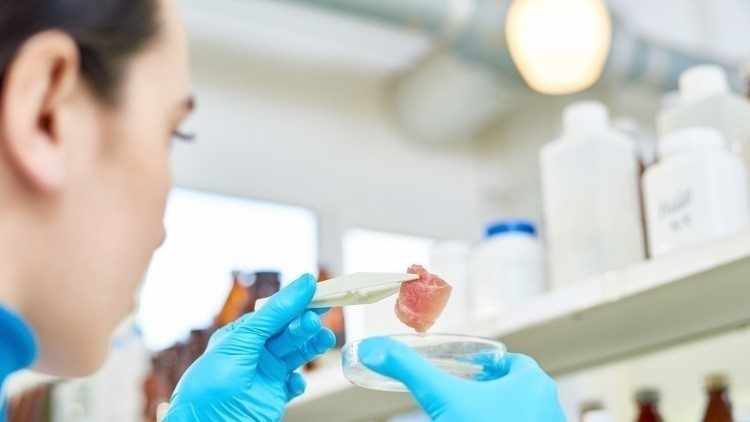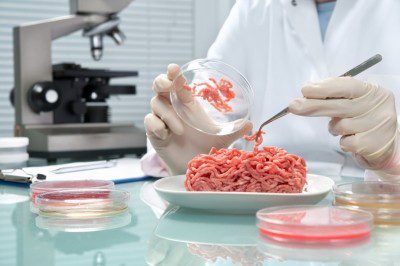ou might be shocked to discover that livestock farming has a significant impact on global warming, making up 14.5% of global greenhouse gas emissions which are mainly coming from cattle. With the deadline to reach net-zero carbon emission as set in the Paris Agreement quickly approaching, businesses and governments around the world have been racing to find a more sustainable way to continue feeding more than eight billion people worldwide. Fortunately, a solution may be near as promising advancements have been made in cellular agriculture. This presents a potential key to reducing food-related greenhouse gas emissions without disrupting the continuously growing need for food.

What Is Cellular Agriculture?
Cellular agriculture is a biotechnology that draws on regenerative medicine and synthetic biology research to make it possible for scientists to produce animal-based products in a laboratory using cell lines in bioreactors. Currently, there are two popular methods scientists have been using to create these animal-based products.
1. Acellular Products: Acellular products are created without using living material or cells but using organic products like fats and proteins. For example, scientists might use different yeasts and bacteria to recreate the milk you would use in cereal or the cheese to go with your crackers.
2. Cellular Products: In contrast to acellular products, cellular products are created using living or once-living cells. This process enables scientists to employ several techniques, most notably tissue engineering, to grow meat with a taste, feel, and nutritional value similar to what you would otherwise purchase from your grocery store.

At the moment, the primary focus of cellular agriculture has been on cultured meat, i.e., growing meat, milk, eggs, and other animal-based products. However, the implications of this biotechnology could have transformative effects on multiple industries, including cosmetics and pharmaceuticals.
In 2023, Mark Post, a scientist and professor of Vascular Physiology at the University of Maastricht, presented the world with the first cultivated burger on live television, leading to an explosion in the cultivated meat market. As of 2022, over 150 companies and nearly US$3 billion have been invested in the cultured meat and seafood industry, leading to significant results.
For example, Singapore was the first country to approve the sale of a cultivated chicken product, and it is now being sold at restaurants, grocery stores, and retailers in the capital.

** Click here to read the full-text **











